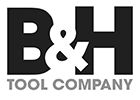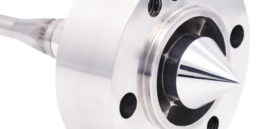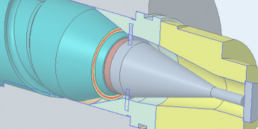Hidden Costs: Seeing is believing.
Pressure to keep tooling expenditures down often results in living with inefficiencies – which eventually leads to finding and measuring hidden costs – and eye-opening comparisons.
How substandard tooling increases costs.
Many hidden costs are never considered until there is a problem. While downtime for maintenance, frequent cleanings and scrap are clearly visible, however, an entire range of related hidden time and expense must be considered to determine to the real costs associated with substandard tooling.
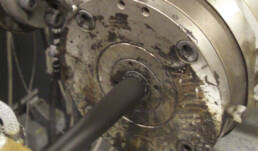
Hidden costs include excess material, frequent inspection, workarounds, troubleshooting, reduced capacity, unstable line speed, and ultimately reduced productivity and profit.

Since most tolerance specs have a reasonably wide range, and operators tend to run on the high side of OD tolerance, a manufacturer’s ability to hold tight tolerance on the low end can significantly reduce material cost. Raw materials savings alone often justify an investment in optimized tooling – particularly if using large quantities of high-priced material like PFA or FEP.
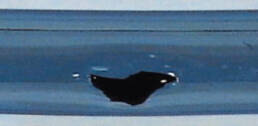
Burned material is discharged into the product wall creating a material defect.
While product quality is always a concern, maintaining quality while using worn or damaged tooling requires extra inspection. In virtually every case the result is added labor cost and increased scrap. Combined downtime from stopping a machine, disassembling the crosshead, cleaning the tooling, re-assembly and restarting can easily exceed the cost of new tooling. Add the scrap and disruption associated with the discovery and you can see how quickly costs add up.
Look for hidden costs instead of workarounds to increase productivity.
Consider all the costs optimized tooling can reduce and improve in your process:
- Less scrap
- Less excess
- Less cleaning labor
- Less inspection labor
- Less troubleshooting
- Less downtime
The right tooling eliminates improper size issues, does away with burned spots, enables production to reach optimum speed, minimizes inspections, and takes care of most product quality issues.
Leading companies rely on B&H experience in tooling design to optimize the extrusion of thermoplastics, silicone, and fluoropolymers. We understand how heat, pressure, and shear can impact material being extruded – and how using B&H Flow Analytics our tooling can be optimized to control these factors.
Optimized tooling can improve productivity, reduce operating costs and increase gross profit.
